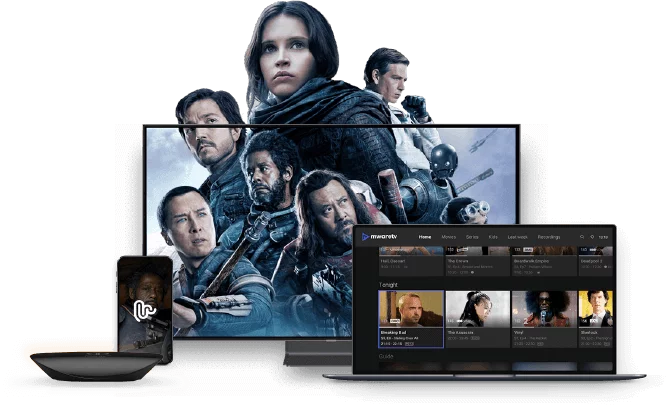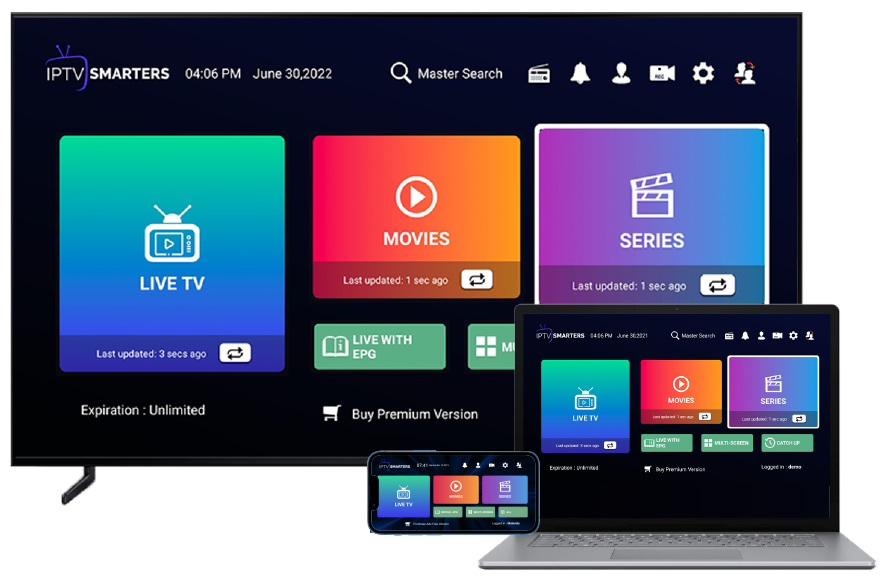Get Split Second Accessibility: IPTV Subscription for Your Favorite Shows and Flicks
Get Split Second Accessibility: IPTV Subscription for Your Favorite Shows and Flicks
Blog Article
Exactly How IPTV Functions: A Step-by-Step Overview to Net Protocol Tv Technology
Internet Protocol Tv (IPTV) has actually changed the means we eat tv material, offering a new world of possibilities via the power of the net. From the basic principles of IPTV to the intricate procedure of web content distribution, each action plays a crucial function in making sure a seamless viewing experience.
IPTV Fundamentals
In understanding IPTV essentials, it is pivotal to grasp the essential operations of this innovation in delivering television web content over the web. IPTV, which means Web Protocol Tv, makes use of Net Protocol (IP) networks to send television content to individuals' devices. Unlike standard approaches of broadcasting television content through cable television or satellite signals, IPTV streams media with high-speed internet connections.

Moreover, IPTV enables interactive capacities, such as video clip on need (VOD) and digital program guides (EPG), enhancing the customer experience by providing more control and adaptability in accessing web content. Generally, recognizing the fundamentals of IPTV sets the foundation for discovering its more innovative performances and the advantages it offers to modern tv consumption.
Web Content Shipment Refine
Effective content distribution in IPTV systems entails a well-structured process that guarantees smooth transmission of television content over IP networks. The web content shipment process in IPTV starts with the production of the video clip content, which is after that inscribed right into digital style suitable for IP transmission.

Middleware Capability
With the assimilation of middleware, IPTV systems gain improved functionality that simplifies customer communication and web content administration. Middleware offers as a crucial element that links the void in between the interface and the back-end facilities, promoting smooth communication and communication within the IPTV system. Among the key features of middleware in IPTV is to allow customized user experiences by supplying attributes such as interactive program guides, video-on-demand services, go to website interactive marketing, and individual preferences monitoring. By centralizing these performances through middleware, service companies can supply an extra dynamic and tailored IPTV experience to their customers.

Tool Compatibility
Given the critical function of middleware in making it possible for seamless interaction and web content monitoring in IPTV systems, a vital aspect to think about is the compatibility of devices used for accessing the IPTV solutions. Gadget compatibility is crucial for guaranteeing a smooth user experience and optimum efficiency when accessing IPTV web content.
In the context of IPTV, device compatibility refers to the capacity of a device to efficiently interact with the IPTV solution, show content appropriately, and sustain the essential protocols and codecs for streaming video clip content over the net. Different devices, such as wise TVs, set-top boxes, smartphones, tablet computers, and computers, may have differing degrees of compatibility with IPTV solutions.
To ensure a smooth viewing experience, it is important for individuals to select tools that work with the particular IPTV service they are making use of. Furthermore, IPTV service carriers should offer support for a variety of devices to satisfy the diverse needs of their user base. By focusing on tool compatibility, both users and company can boost the overall IPTV experience.
High Quality of Service (QoS)
Taking into consideration the important role of keeping a high criterion of efficiency and reliability in IPTV systems, ensuring regular Top quality of Solution (QoS) stays a basic element of the user experience. QoS in IPTV refers to the capacity of the system to provide web content with minimal disruptions, high resolution, and fast packing times.
Provider use QoS devices such as web traffic prioritization, buffering, and error improvement to maintain a stable IPTV solution. By prioritizing IPTV web traffic over much less time-sensitive data, providers can ensure smooth playback also during peak usage hours. Buffering assists compensate for network changes, while error improvement methods improve data stability.
Continuous monitoring and optimization of QoS specifications are vital to adjust to find more information changing network you can try here problems and individual demands. Ultimately, a durable QoS framework is important for supplying a smooth and enjoyable IPTV experience to users.
Verdict
In conclusion, IPTV operates through the transmission of television web content over web protocol networks. The modern technology includes a systematic procedure of material shipment, assisted in by middleware functionality to ensure compatibility throughout different gadgets. Quality of Service plays a critical duty in preserving the efficiency and reliability of IPTV solutions. Recognizing the basic principles of IPTV is crucial for realizing the intricacies of this cutting-edge tv innovation.
Report this page